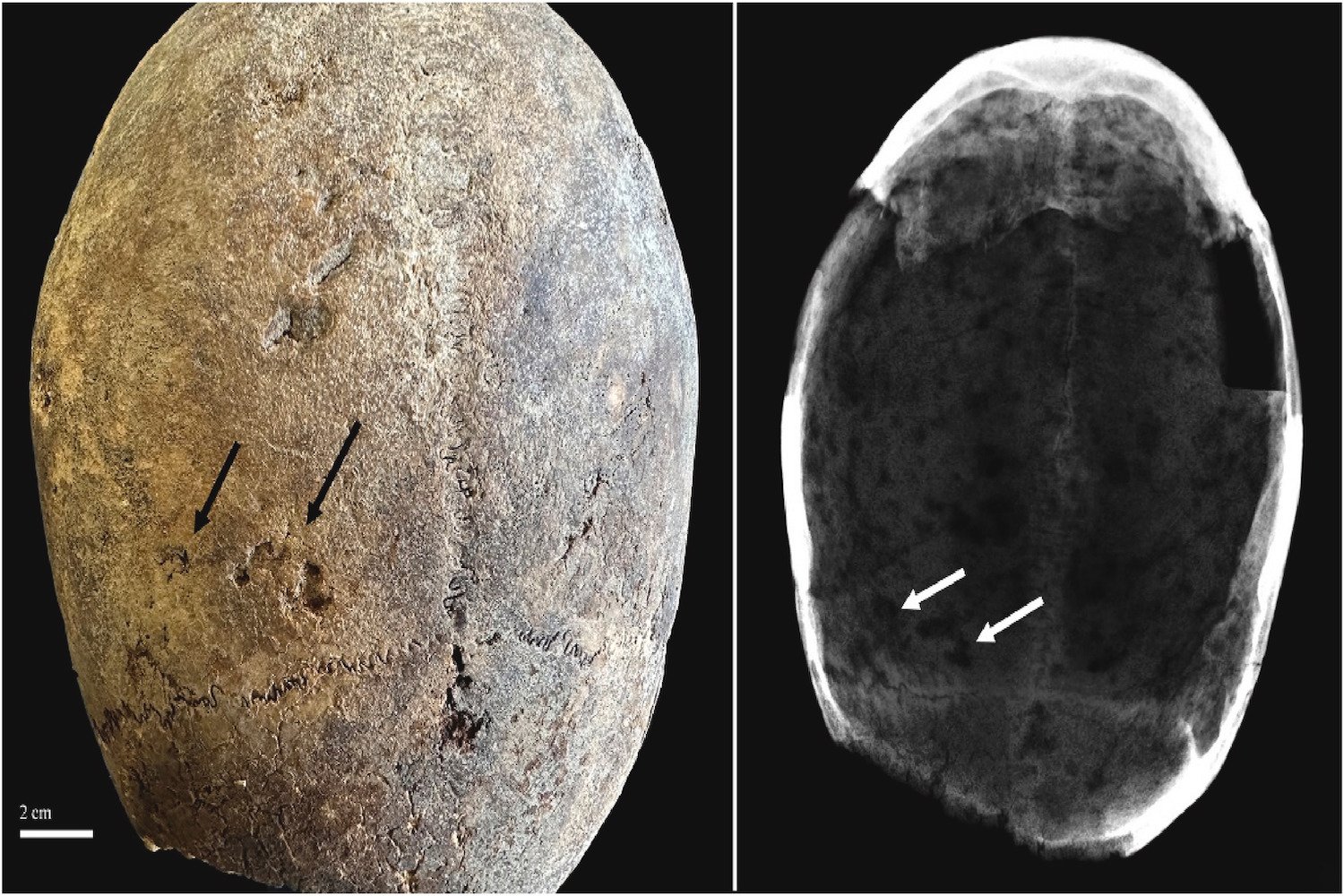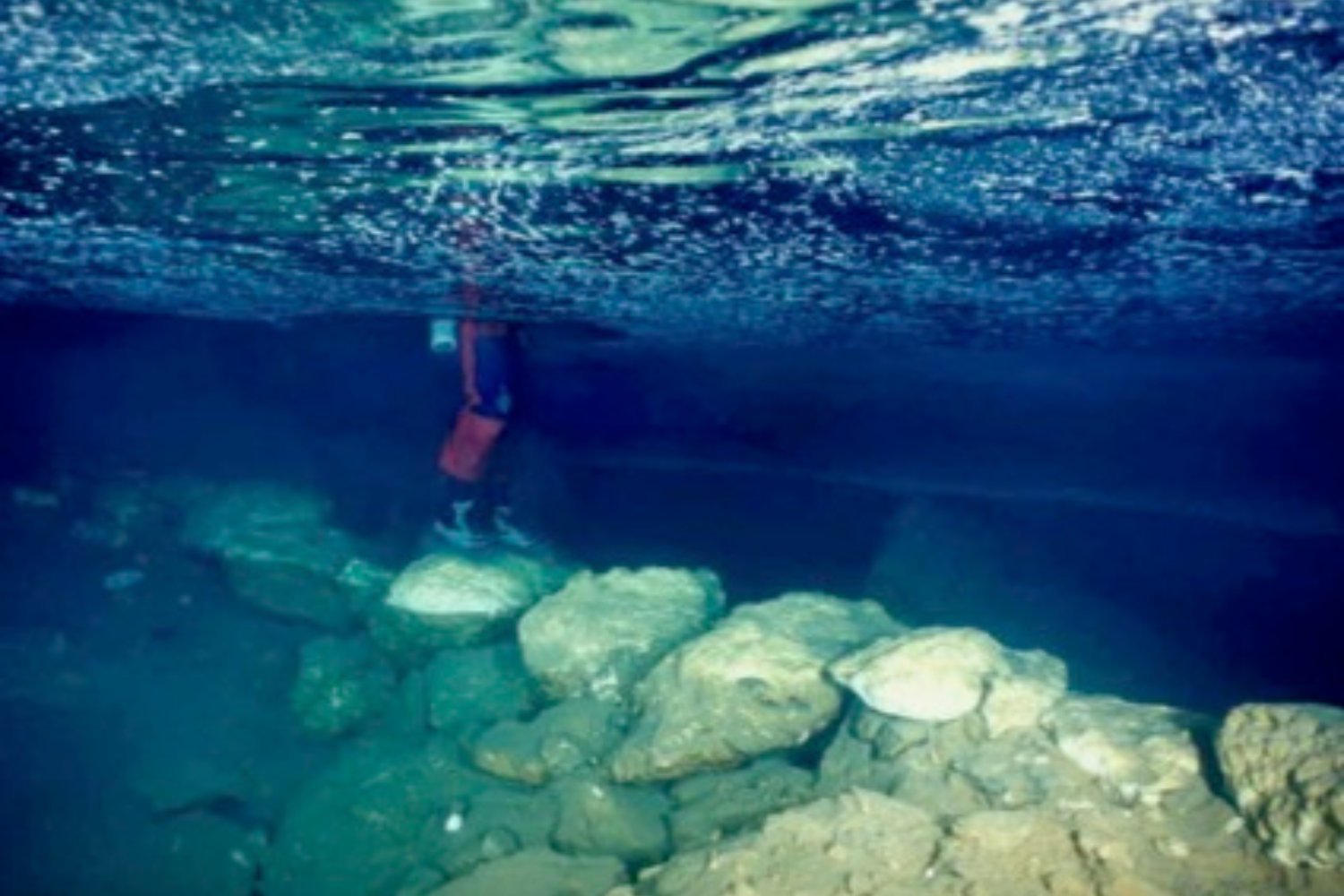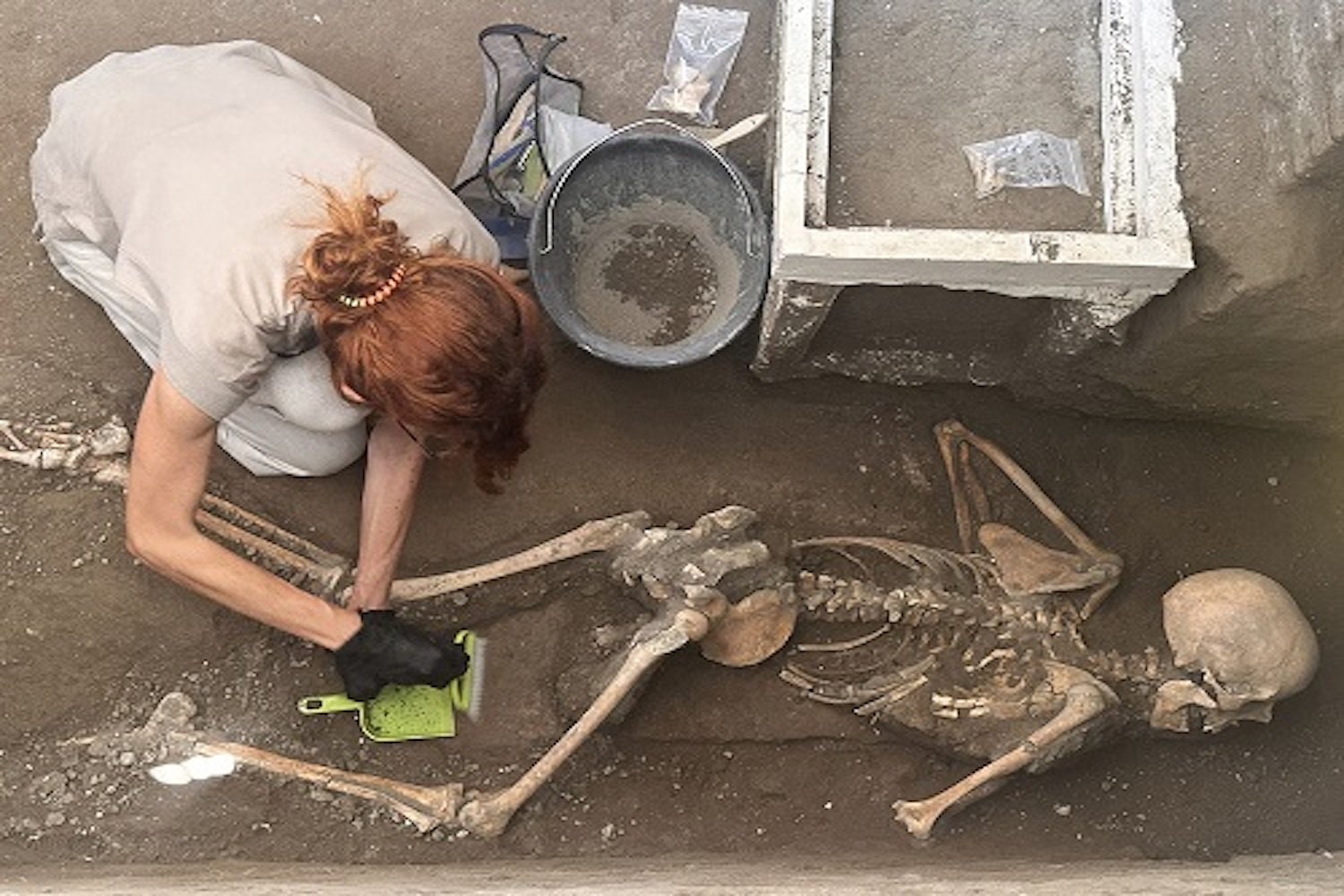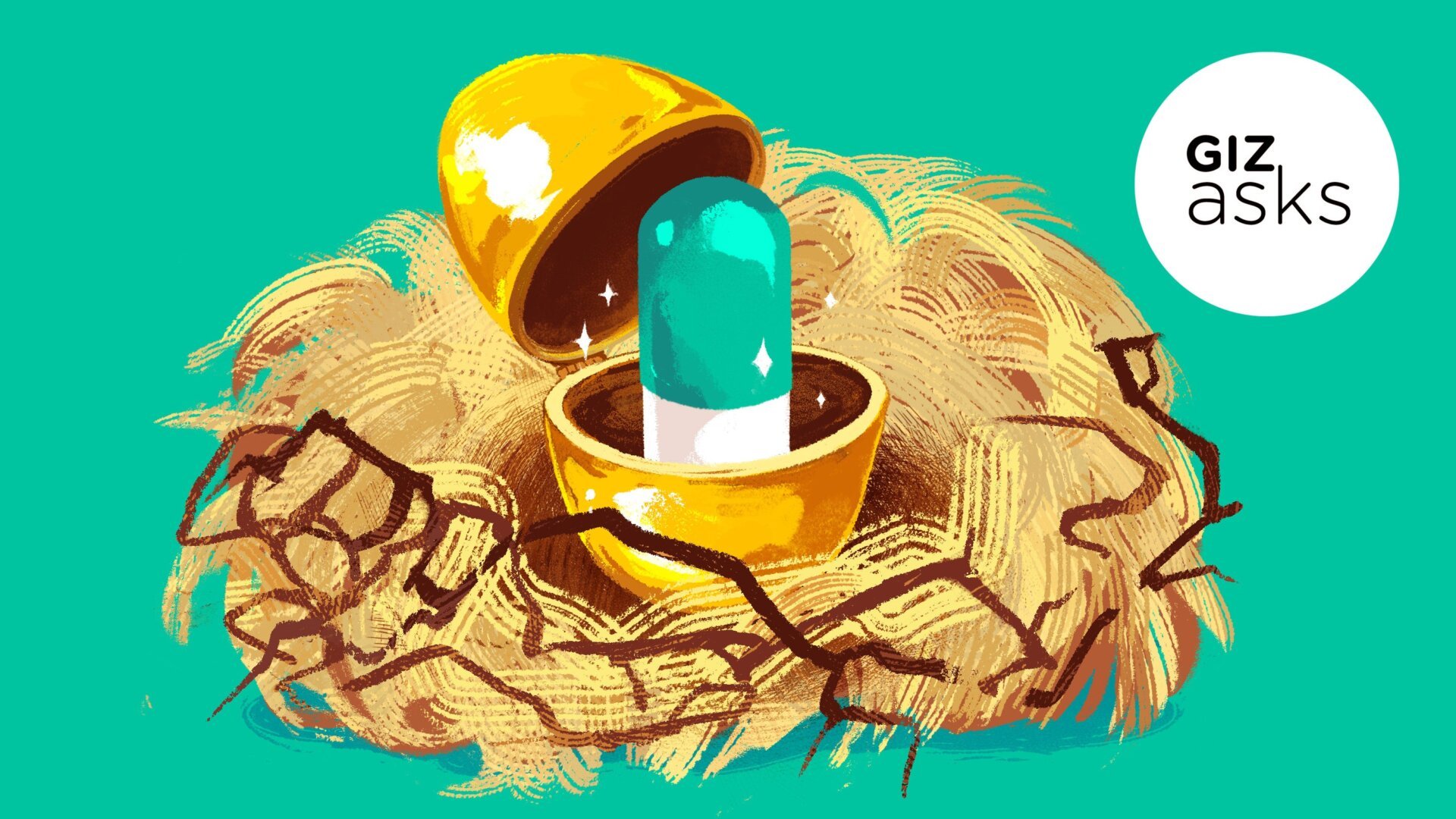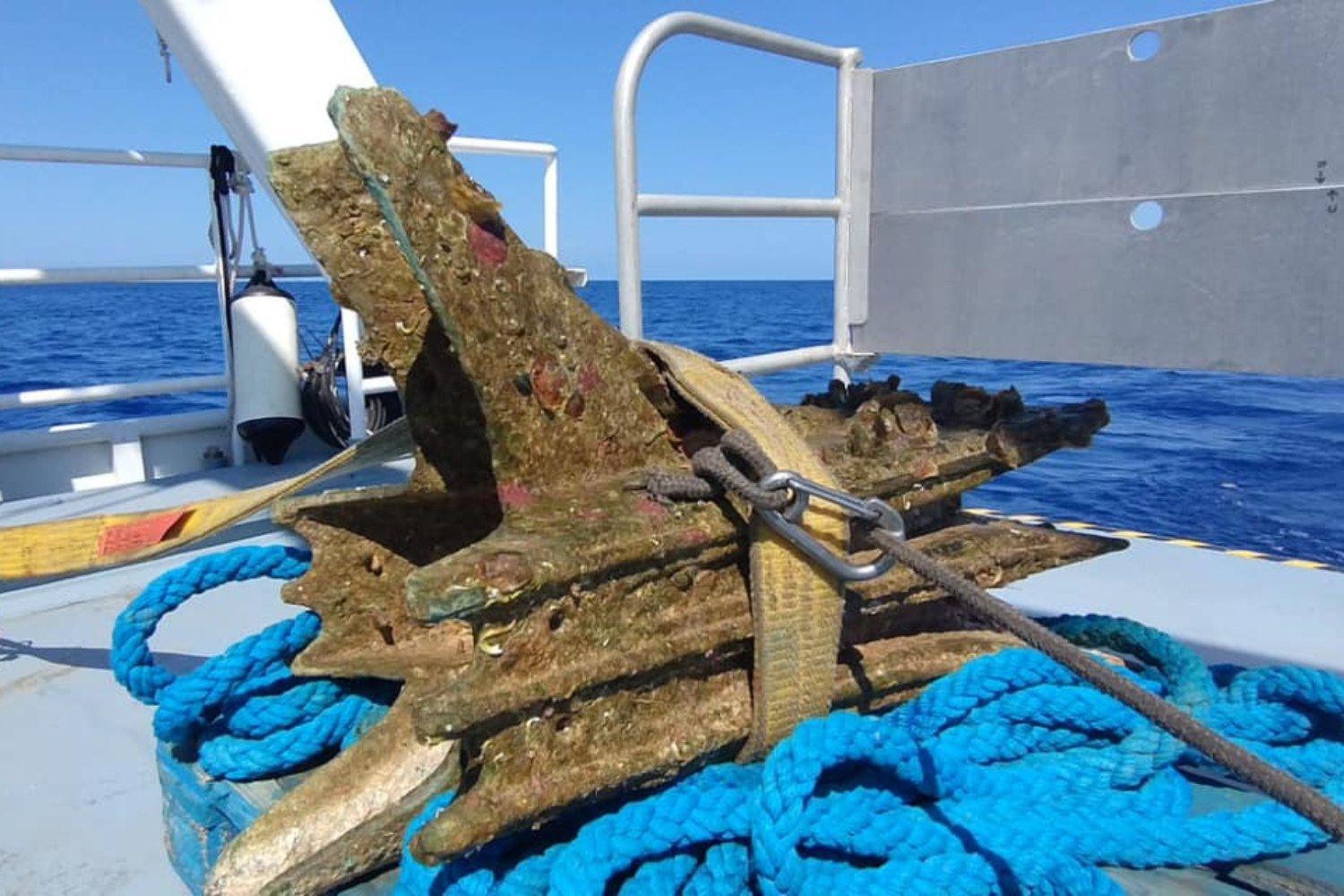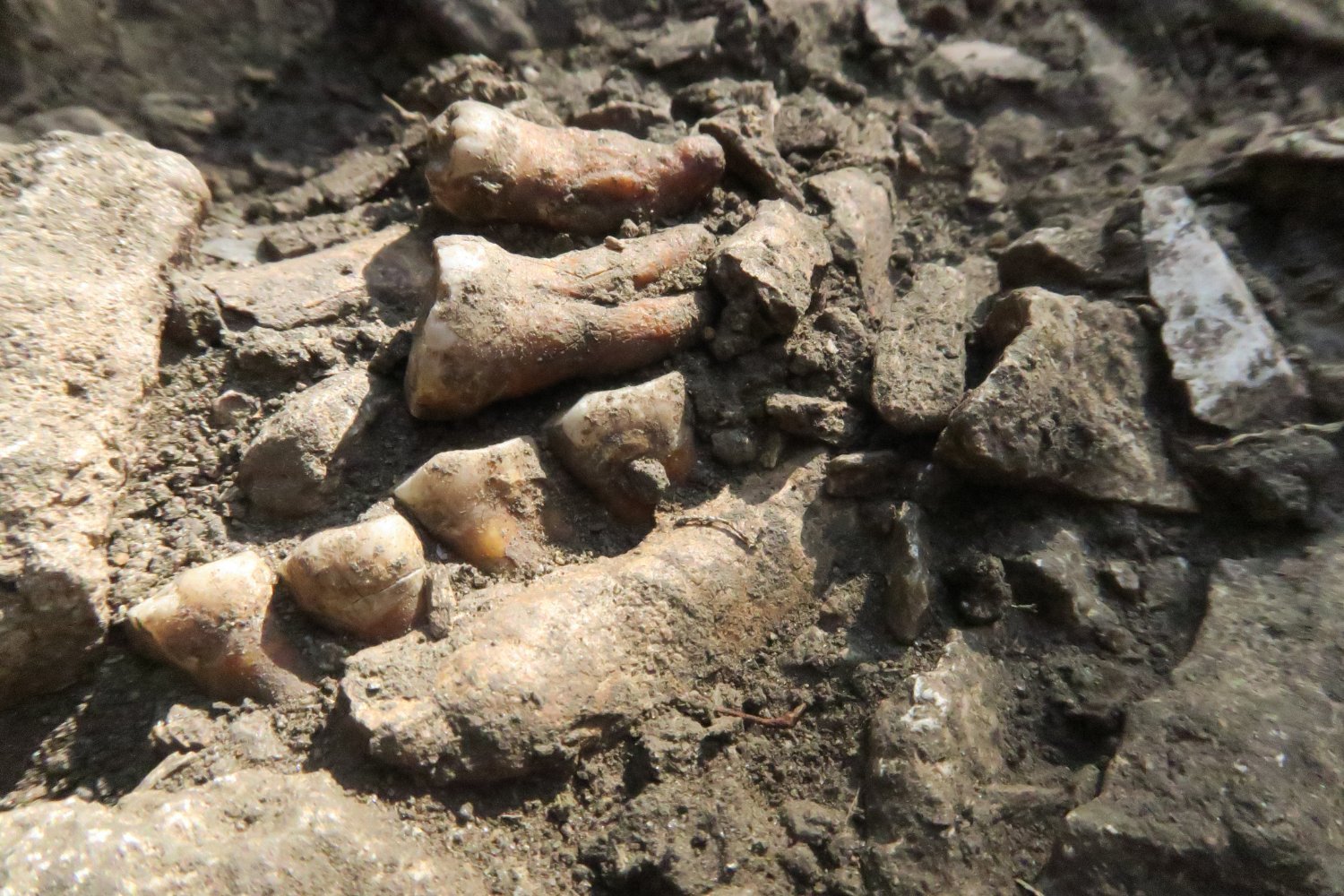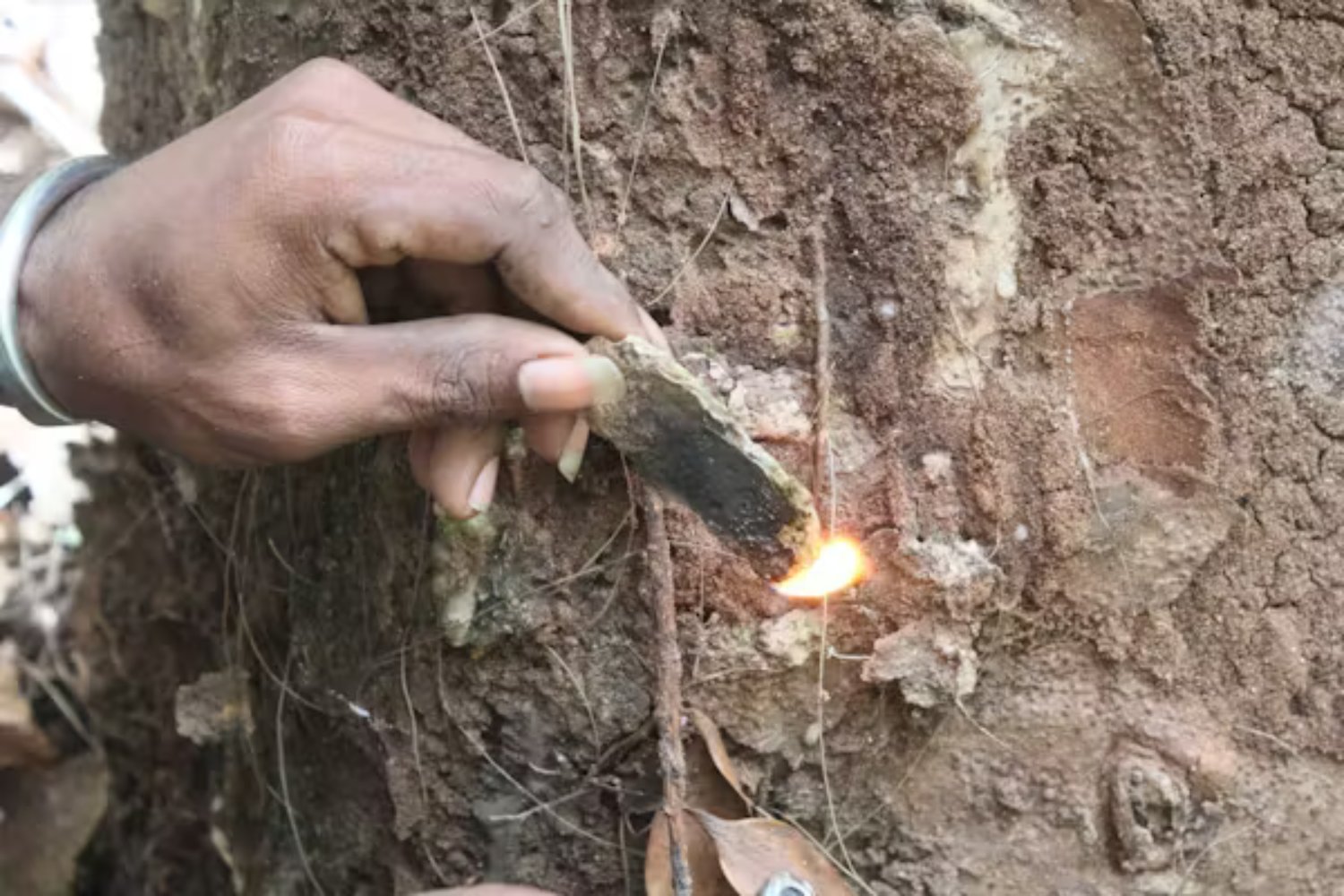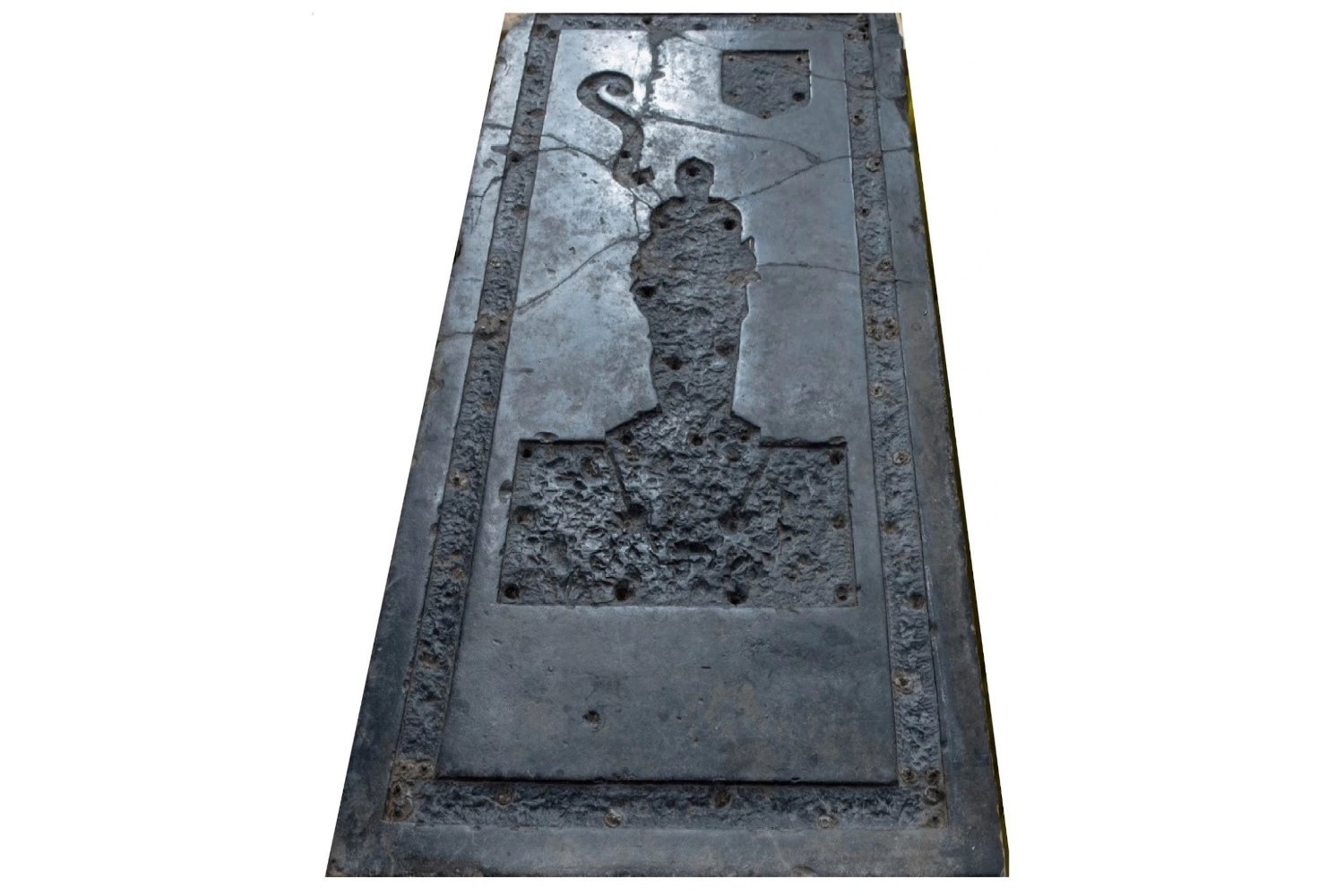Cocaine use, typically associated with modern times, may have surprisingly deep roots in Europe. Recent research suggests that residents of 17th century Milan may have been using the drug centuries earlier than previously believed, pushing back the timeline of its presence in Europe. This startling discovery comes from an analysis of preserved human brains found in the Ca’Granda crypt, a burial site associated with the Ospedale Maggiore, a prominent hospital serving Milan’s underprivileged population during that era.
Uncovering Traces of Cocaine in Ancient Remains
Researchers from the University of Milan, conducting ongoing studies on the crypt’s remains to understand historical medical practices, made this unexpected find. In their latest study, published in the Journal of Archaeological Science, they performed toxicology tests on brain matter samples. Astonishingly, two out of nine samples tested positive for active components of Erythroxylum coca, the coca plant from which cocaine is derived.
This discovery challenges the conventional understanding of cocaine’s introduction to Europe. The coca plant, native to South America, was largely unknown in Europe until the 15th century with the arrival of the Spanish in the New World. While attempts were made to transport the plant back to Europe, the long sea voyages often resulted in deterioration. The prevailing belief was that cocaine didn’t reach Europe until the 19th century. However, some historical records, such as documentation of a French botanist receiving a coca plant shipment in the 1750s, hint at an earlier presence. Considering Milan’s Spanish rule in the 17th century and its known importation of New World plants, the possibility of coca plants reaching the city becomes more plausible.
Cocaine Consumption: Chewing, Not Snorting
The presence of cocaine doesn’t necessarily imply widespread recreational use in the form we know it today. One of the identified compounds was hygrine, an alkaloid found in coca leaves. This suggests that the Milanese likely consumed the drug by chewing the leaves, rather than using the refined powder form. Furthermore, the absence of coca use in hospital records suggests it wasn’t part of medical treatments. Researchers therefore hypothesize that the plant was likely used for its euphoric effects, potentially representing some of the earliest recreational cocaine use in Europe.
Other Substances Found: Cannabis Use in 17th Century Milan
Interestingly, cocaine wasn’t the only substance with modern recreational associations found in the Ca’Granda crypt. A 2023 analysis of femoral bones from the same site, conducted by the same research team, revealed traces of cannabis. These discoveries paint a picture of 17th century Milan that is perhaps more complex and intriguing than previously imagined.
Conclusion
The discovery of cocaine and cannabis in 17th century Milan challenges our understanding of the historical timeline of drug use in Europe. While the exact nature and extent of this early cocaine use remain to be fully explored, this research offers a fascinating glimpse into the past and raises intriguing questions about the evolving relationship between humans and psychoactive substances. Further research is needed to fully understand the context and implications of these findings.



